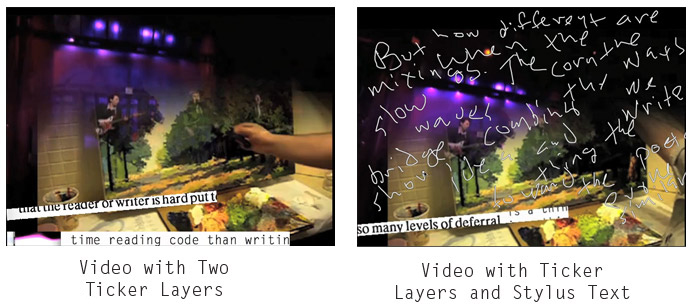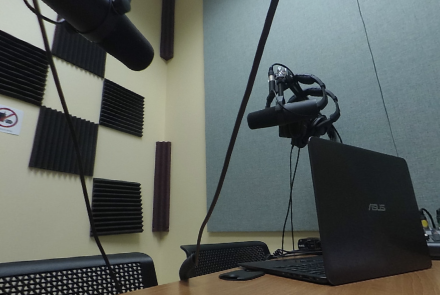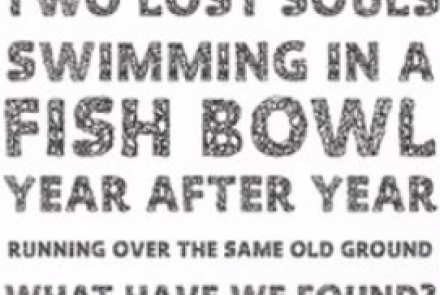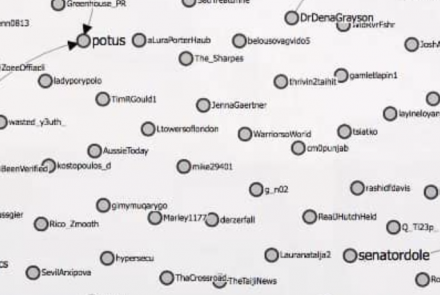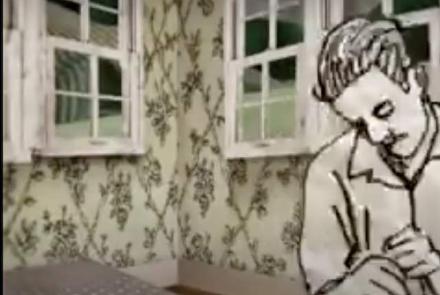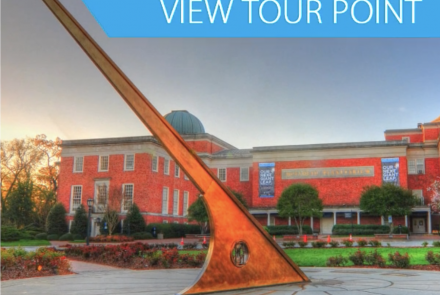Toward a Rhetoric of Layers
As a way to think about shifts in writing and rhetoric, I want to respond to Lev Manovich's recent discussion of layers in Photoshop and Ryan Trauman's reflections on digital media.
Some of the shifting is material: "previously, physical and mechanical media tools were used to create content which was directly accessible to human senses." But with digital materials, "rather than operating on sounds, images, film, or text directly, electronic and digital devices operate on the continuous electronic signals or discrete numerical data" (Manovich). Trauman suggests that the shift to binary modes creates a layer of abstraction in digital texts. Digital spaces are more fluid and open to invention in large part because of their many material and representational layers.
Manovich suggests that these layers are a key part of software. However, when we look at digital materials, we often see a composite, an elision of layers. The digital bent toward combination belies the layers and operations that perform and create the composite.

But what if layering becomes a deliberate part of the composing process? How might we pursue a rhetoric of layers? We might start with some questions: When does complexity become cacophony? When does combination become harmony? How does layering relate to shifts in compositional states (paper sketch, text draft, video capture, blog posting, etc.)? How is layering related to composing iterations (draft, response, revision)? How does time intersect with layers, especially when layers contain moving materials like sound or video?

We might start with some sound and video layers. The layers in the videos below blend live performances by the band, The Mountain Goats, with painting performances by Maxim Grunin. The mix of video tracks represents a specific kind of layering. An early attempt using Camtasia produced the example above on the left, which blends two video tracks using opacity adjustments. The two pieces lay over each other--perhaps suggesting an equivalence. The example on the right above represents a second iteration of the piece made in Final Cut Express. It creates a different mix, each layer occupying its own visual space in the composite image and creating a shifting border where the two layers come together.

A second kind of layering involves the scholarship tickers that run through the video. These are of two types: video tickers showing scrolling through a digital document; or videos tickers showing panning over a scanned document. These two streams of scholarship blend in the composition, each manifesting words (and ideas) in slightly different ways.
The audio and video layers create a kind of pacing--driven by the music. The tickers introduce another tempo--paced by the scrolling and panning. We can imagine at least two viewings: a "reading" of the piece with sustained attention to individual layers conducted (when too many layers accrue) through multiple viewings; or a holistic encounter with all of the layers. Any one layer might get our focused attention from time to time. Or we might attend to multiple layers at the same time, taking each in partially.
Adding a layer of hand-written text (composed digitally with a stylus) gives us words in yet another manifestation. We must now attend to the tickers and the text unfolding under the pen. The possibility of taking in a holistic reading by attending to all of these layers at once seems less likely. At some point, we saturate; the extra layer makes the holistic reading less pleasurable or possible. When do lots of layers become too many layers?
This is the question I put to Jason Loan regarding the two videos. Loan's response, though, recasts the discussion of layers yet again. In many ways, when Loan adds another layer, the holistic reading becomes again viable, even preferred. Though less comprehensive, the result of Loan's "ambient" response is a different kind of connected experience.
